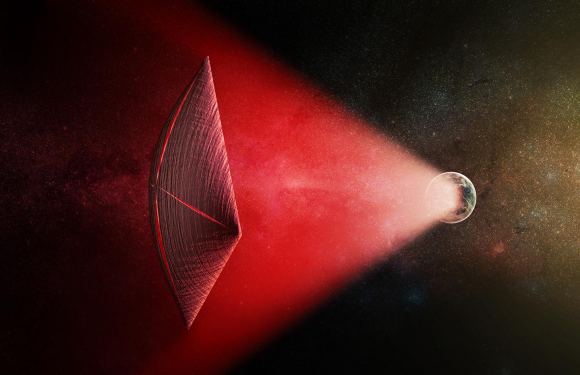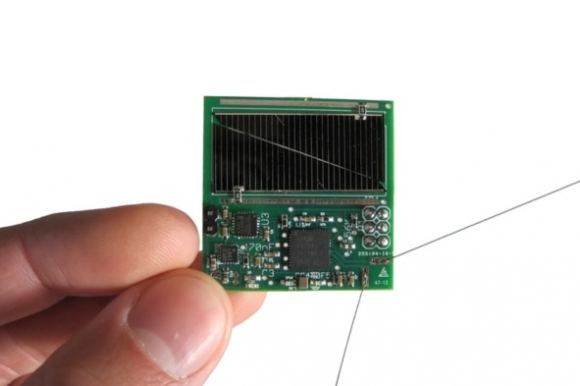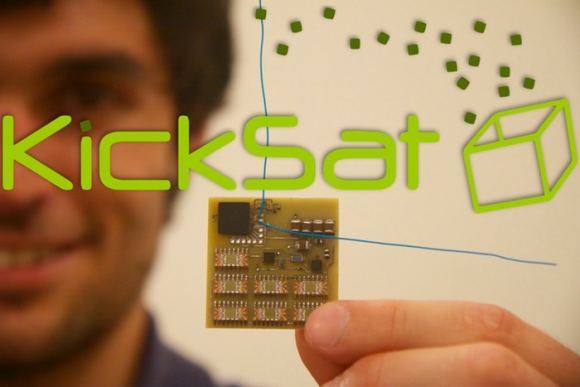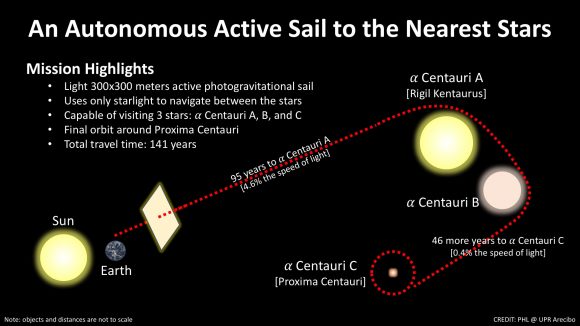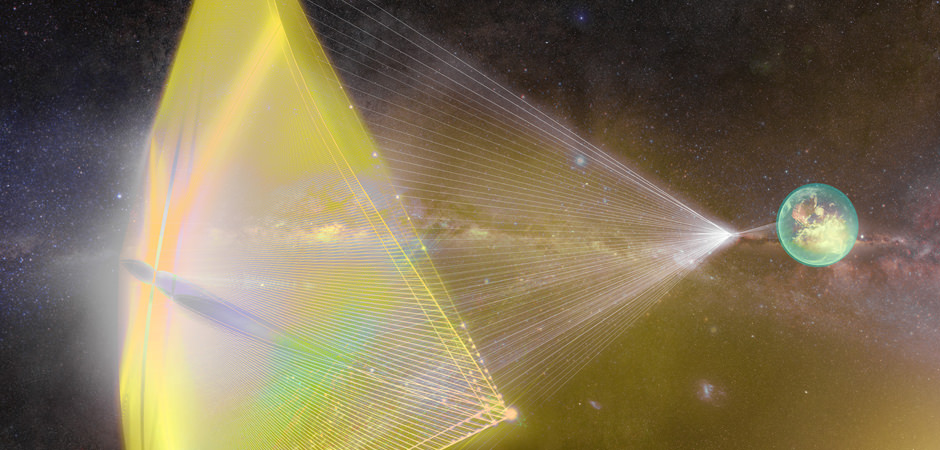In April of 2016, Russian billionaire Yuri Milner announced the creation of Breakthrough Starshot. As part of his non-profit scientific organization (known as Breakthrough Initiatives), the purpose of Starshot was to design a lightsail nanocraft that would be capable of achieving speeds of up to 20% the speed of light and reaching the nearest star system – Alpha Centauri (aka. Rigel Kentaurus) – within our lifetimes.
At this speed – roughly 60,000 km/s (37,282 mps) – the probe would be able to reach Alpha Centauri in 20 years, where it could then capture images of the star and any planets orbiting it. But according to a recent article by Professor Bing Zhang, an astrophysicist from the University of Nevada, researchers could get all kinds of valuable data from Starshot and similar concepts long before they ever reached their destination.
The article appeared in The Conversation under the title “Observing the universe with a camera traveling near the speed of light“. The article was a follow-up to a study conducted by Prof. Zhang and Kunyang Li – a graduate student from the Center for Relativistic Astrophysics at the Georgia Institute of Technology – that appeared in The Astrophysical Journal (titled “Relativistic Astronomy“).

To recap, Breakthrough Starshot seeks to leverage recent technological developments to mount an interstellar mission that will reach another star within a single generation. The spacecraft would consist of an ultra-light nanocraft and a lightsail, the latter of which would accelerated by a ground-based laser array up to speeds of hundreds of kilometers per second.
Such a system would allow the tiny spacecraft to conduct a flyby mission of Alpha Centauri in about 20 years after it is launched, which could then beam home images of possible planets and other scientific data (such as analysis of magnetic fields). Recently, Breakthrough Starshot held an “industry day” where they submitted a Request For Proposals (RFP) to potential bidders to build the laser sail.
According to Zhang, a lightsail-driven nanocraft traveling at a portion of the speed of light would also be a good way to test Einstein’s theory of Special Relativity. Simply put, this law states that the speed of light in a vacuum is constant, regardless of the inertial reference frame or motion of the source. In short, such a spacecraft would be able to take advantage of the features of Special Relativity and provide a new mode to study astronomy.
Based on Einstein’s theory, different objects in different “rest frames” would have different measures of the lengths of space and time. In this sense, an object moving at relativistic speeds would view distant astronomical objects differently as light emissions from these objects would be distorted. Whereas objects in front of the spacecraft would have the wavelength of their light shortened, objects behind it would have them lengthened.
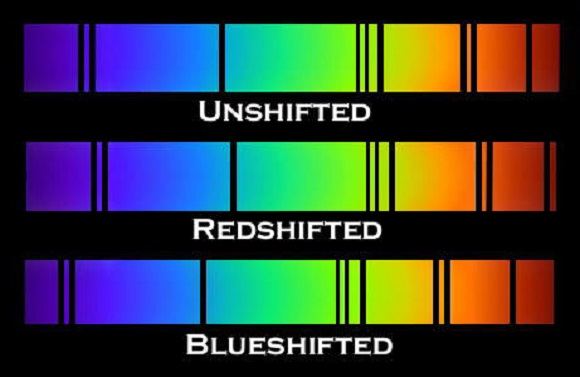
This phenomenon, known as the “Doppler Effect”, results in light being shifted towards the blue end (“blueshift”) or the red end (“redshift”) of the spectrum for approaching and retreating objects, respectively. In 1929, astronomer Edwin Hubble used redshift measurements to determine that distant galaxies were moving away from our own, thus demonstrating that the Universe was in a state of expansion.
Because of this expansion (known as the Hubble Expansion), much of the light in the Universe is redshifted and only measurable in difficult-to-observe infrared wavelengths. But for a camera moving at relativistic speeds, according to Prof. Zhang, this redshifted light would become bluer since the motion of the camera would counteract the effects of cosmic expansion.
This effect, known as “Doppler boosting”, would cause the faint light from the early Universe to be amplified and allow distant objects to be studied in more detail. In this respect, astronomers would be able to study some of the earliest objects in the known Universe, which would offer more clues as to how it evolved over time. As Prof. Zhang explained to Universe Today via email, this would allow for some unique opportunities to test Special Relativity:
“In the rest frame of the camera, the emission of the objects in the hemisphere of the camera motion is blue-shifted. For bright objects with detailed spectral observations from the ground, one can observe them in flight. By comparing their blue-shifted flux at a specific blue-shifted frequency with the flux of the corresponding (de-blueshifted) frequency on the ground, one can precisely test the Doppler boosting prediction in Special Relativity.”

In addition, the frequency and intensity of light – and also the size of distant objects – would also change as far as the observer was concerned. In this respect, the camera would act as a lens and a wide-field camera, magnifying the amount of light it collects and letting astronomers observe more objects within the same field of view. By comparing the observations collected by the camera to those collected by a camera from the ground, astronomers could also test the probe’s Lorentz Factor.
This factor indicates how time, length, and relativistic mass change for an object while that object is moving, which is another prediction of Special Relativity. Last, but not least, Prof. Zhang indicates that probes traveling at relativistic speeds would not need to be sent to any specific destination in order to conduct these tests. As he explained:
“The concept of “relativistic astronomy” is that one does not really need to send the cameras to specific star systems. No need to aim (e.g. to Alpha Centauri system), no need to decelerate. As long as the signal can be transferred back to earth, one can learn a lot of things. Interesting targets include high-redshift galaxies, active galactic nuclei, gamma-ray bursts, and even electromagnetic counterparts of gravitational waves.”
However, there are some drawbacks to this proposal. For starters, the technology behind Starshot is all about accomplishing the dream of countless generations – i.e. reaching another star system (in this case, Alpha Centauri) – within a single generation.
And as Professor Abraham Loeb – the Frank B. Baird Jr. Professor of Science at Harvard University and the Chair and the Breakthrough Starshot Committee – told Universe Today via email, what Prof. Zhang is proposing can be accomplished by other means:
>“Indeed, there are benefits to having a camera move near the speed of light toward faint sources, such as the most distant dwarf galaxies in the early universe. But the cost of launching a camera to the required speed would be far greater than building the next generation of large telescopes which will provide us with a similar sensitivity. Similarly, the goal of testing special relativity can be accomplished at a much lower cost.”
Of course, it will be many years before a project like Starshot can be mounted, and many challenges need to be addressed in the meantime. But it is exciting to know that in meantime, scientific applications can be found for such a mission that go beyond exploration. In a few decades, when the mission begins to make the journey to Alpha Centauri, perhaps it will also be able to conduct tests on Special Relativity and other physical laws while in transit.
Further Reading: The Conversation, The Astrophysical Journal


